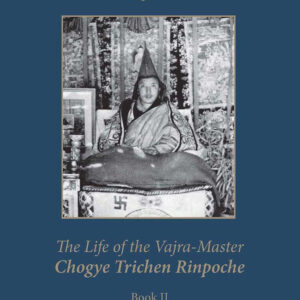Book Summary
Sacred chanting and instrumental music play a crucial role in Tibetan ritual practices, enriching consecration and empowerment ceremonies, as well as rites of spiritual attainment like communal offerings, protector liturgies, and masked dances. Despite being recognized as part of the arts, an essential component of classical Indo-Tibetan education, the theoretical foundations of this music have remained largely unexplored.
Ricardo Canzio, an esteemed ethnomusicologist and Tibetanist, has dedicated his life to researching the musical heritage of Tibet, encompassing both Buddhist and Bon traditions. His highly anticipated translation of the influential Treatise on Music, composed by the illustrious Sakya Pandita Kunga Gyaltsen (1182-1251), is set to make a significant impact. This landmark translation is accompanied by the insightful commentary of Kunga Sonam Lhundrub (1571-1642) and incorporates writings on chant, drumming, and the playing of cymbals by Dawa Pelrin of Zhalu (born circa 1375).
The Treatise on Music, divided into three chapters, delves into various aspects of Tibetan music. The first chapter explores the four melodic contours of vocal chanting and their combinations, shedding light on their intricate nature. The second chapter delves into the function of lyrics, examining their eulogistic qualities and other compositional aspects. Finally, the third chapter focuses on the context of musical performance, discussing the importance of the appropriate mental attitude, bodily posture, and identifying fundamental defects and causes of failure. Throughout the translation, Prof. Canzio’s insightful remarks provide a deeper understanding of the Tibetan notion of melodic contour, drawing parallels with the Indian concept of fixed melodic pitch. Additionally, he offers valuable commentary on recent research conducted by Western and Chinese ethnomusicologists in the field of Tibetan ritual music.
Prof. Canzio’s work not only sheds light on the Treatise on Music but also contributes to bridging cultural perspectives, serving as a valuable resource for scholars, practitioners, and enthusiasts seeking a comprehensive understanding of Tibetan ritual music. With its long-awaited publication, this translation promises to be a significant milestone in the exploration of Tibet’s musical heritage.





There are no reviews yet.